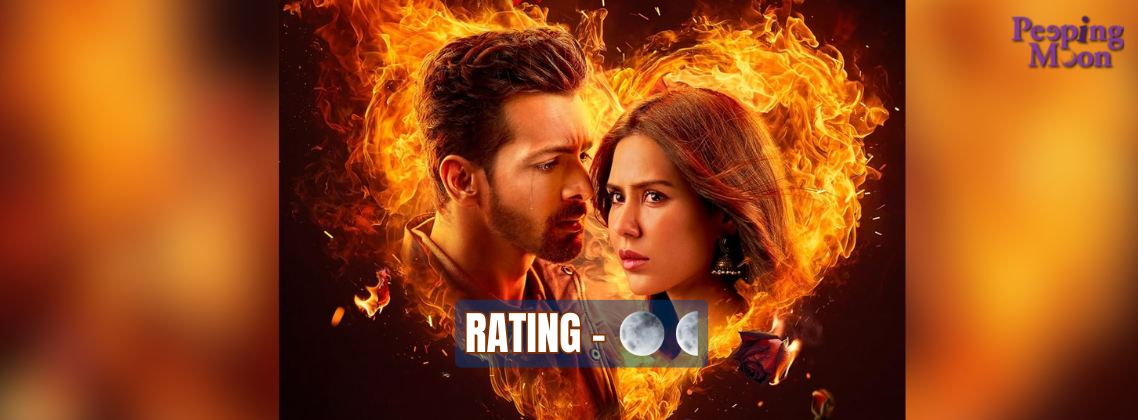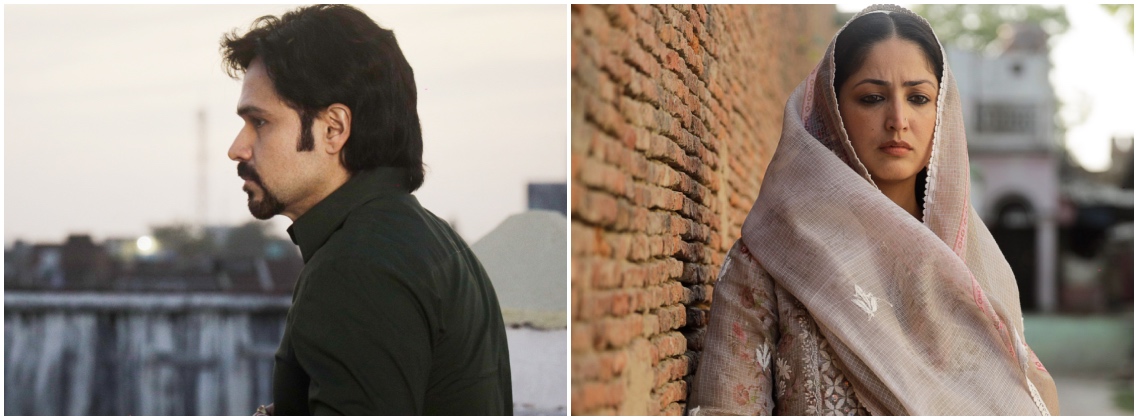Why wasn’t the ‘Battle of Saragarhi’ mentioned in Indian history text books prescribed for schools and colleges? Why weren’t we taught about the heroic 21 Sikh soldiers of the British Indian Army’s 36th Sikhs (now the 4th Battalion of the Sikh Regiment) who grimly defended a remote army post against 10,000 invading Afghans in the North-West Frontier Province? Wasn’t there something of Lord Alfred Tennyson’s poem
‘The Charge of Light Brigade’ that is taught in English schools in India about them? Led by Havildar Ishar Singh, they chose to fight to the death in what is considered by military historians as one of the greatest last-stands in world history. It happened on September 12, 1897, and Sikh military personnel commemorate the saga of bravery and its inspirational value every year as Saragarhi Day.
The ‘Battle of Saragarhi’ has been cited as one of the five most significant events of its kind in the world, it is one of eight stories of the greatest examples of collective bravery in world history as identified by the United Nations Educational, Scientific and Cultural Organization (UNESCO). Yet this significant historical event for some unknown reason was completely overlooked and reduced to a non-event until recently when news of Akshay Kumar’s Kesari began making news.
The film directed by Anurag Singh is Bollywood’s tribute to the martyrs who laid down their lives in the Battle of Saragarhi with Akshay playing the lead role of Ishar Singh. The action superstar said he was in the dark himself about this historic last-stand until he began work on Kesari. The effort of the producers, Dharma Productions, Cape of Good Films, Azure Entertainment and Zee Studios, in taking the Battle of Saragarhi to the people needs to be applauded.

Akshay Kumar in a still from Kesari
The Battle of Saragarhi is comparable to the Battle of Thermopylae where a small Greek force faced a large Persian army of Xerxes in 480 BC. The Hollywood movie 300 has captured the heroism of the valiant 300 Spartans in the same manner as the Bollywood war drama Kesari does justice to the bravery of the 21 Sikh soldiers. The Battle of Saragarhi was fought during the Tirah Campaign on September 12, 1897 between these 21 Sikhs of British India defending an army post against 10,000 Afghan and Orakzai tribesmen in a last stand.
Saragarhi is a small village in the border district of Kohat, situated on the Samana Range that’s now part of Pakistan. In August 1897, five companies of the 36th Sikhs under Lt. Col. John Haughton were sent to the North West Frontier Province and stationed at Samana Hills, Kurag, Sangar, Sahtop Dhar and Saragarhi. These forts constructed by the Sikh Emperor Ranjit Singh were consolidated by the British as the frontier outposts to defend against attacks from Afghanistan. Two were Fort Lockhart and Fort Gulistan which were situated a few miles apart. Due to the forts not being visible to each other, Saragarhi was created midway, as a communication post. Situated on a rocky ridge, Saragarhi consisted of a small block house with loop-holed ramparts and a signaling tower.
A contingent of 21 Sikhs led by Havildar Ishar Singh was stationed at Saragarhi. When the Afghans and Orakzai tribesmen picked it as a soft target to conquer, these brave men chose to fight to death in defending it. Most of the details of the Battle of Saragarhi are available today due to Signalman Gurmukh Singh who kept informing Fort Lockhart of what was happening from around 9 am on that fateful day. Colonel Haughton could send no reinforcements as he himself was under siege.
The soldiers decided to fight to their last to prevent the enemy from reaching the Fort Gulistan. The repeated thrust of the attacking Afghan forces was thwarted by these brave men who inflicted heavy losses on them. The enemy broke a portion of the wall of the picket and hand to hand combat ensued. The battle raged on ferociously and 20 soldiers gave their lives there. Gurmukh Singh, who was in constant communication with Col. Haughton providing the updates, was the sole defender left. His last message said, “This is my last signal. Picking up the gun to fight.” This young signalman is said to have killed over 20 Afghans before he succumbed to the injuries sustained in hand-to-hand combat.

A poster of Kesari
When the relief party arrived, they found over 800 bodies lying around the ruined post. All the 21 Sikhs were posthumously awarded the Indian Order of Merit, the highest gallantry award at that time which an Indian soldier could receive at the hands of the British Crown. The British saw the significance of this last stand and built two Memorial Gurudwaras: one near Sri Harmandir Sahib (Golden Temple), Amritsar, and another in Ferozepur.
The British Parliament gave a standing ovation to the heroics of these 21 brave hearts and acknowledged their sacrifices by reading out their names. Significantly, the Battle of Saragarhi is celebrated with great pride by Sikh military personnel in their respective regimental centers and also by Sikh civilians in Ferozepur on September 12, as Saragarhi Day. Saragarhi is now officially commemorated in the UK and for the 120th anniversary in 2017, the annual commemoration event was held at the National Memorial Arboretum, home of the UK’s inaugural First World War Sikh Memorial, to remember and honour all those who fought and died on the forgotten frontier.











